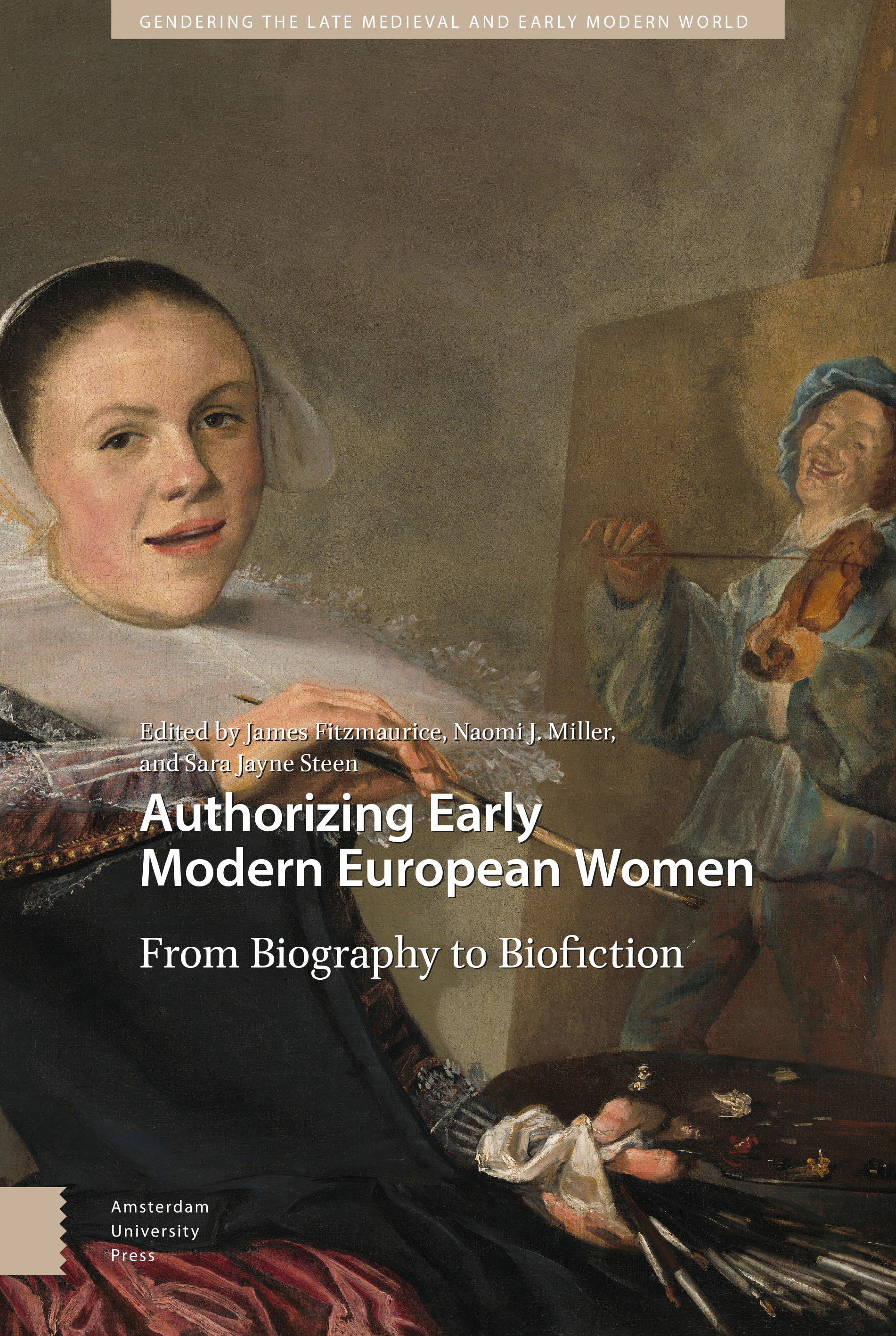17 - “The Role of Art in Recent Biofiction on Sofonisba Anguissola”
Published online by Cambridge University Press: 16 December 2021
Summary
Abstract
In recent years the life stories of early modern women artists have inspired many works of biofiction; yet often authors know more about what the artists created than the facts of their lives. This essay will explore the intermediality between visual and verbal content by exploring the role of art in two recent novels on the Italian Renaissance painter Sofonisba Anguissola: Donna DiGiuseppe's Lady in Ermine: The Story of a Woman Who Painted the Renaissance and Chiara Montani's Sofonisba: Portraits of the Soul. In the process I will explore the Renaissance paragone debate and consider how verbal descriptions of artworks may (or may not) enhance our understanding of the artist's fictionalized character.
Keywords: paragone, women visual artists, Sofonisba Anguissola, biofiction, Donna DiGiuseppe, Chiara Montani
What makes biofiction about an early modern woman painter different from that concerning female musicians, authors, or other artists? In a word, paintings. Biographical background is frequently lacking on these women, so known artworks can supply helpful information regarding who the artists knew, what their artistic ambitions were, and what they looked like (if they created self-portraits). However, artworks can do more than provide missing information: they can serve as windows into the artist's physical, intellectual, and emotional worlds, allowing us to more fully enter into the life of that protagonist, to see what they see, think, and feel – if the artworks are used effectively.
Two recent works of biofiction about the Italian Renaissance painter Sofonisba Anguissola (c. 1535–1625) particularly have struck me in terms of how her artworks were integrated into the novels: Donna DiGiuseppe's Lady in Ermine: The Story of a Woman Who Painted the Renaissance and Chiara Montani's Sofonisba: Portraits of the Soul. Anguissola has been the subject of eight works of biofiction between 2006 and 2019,1 even though she is less well-known than the Baroque superstar Artemisia Gentileschi. Yet there are numerous reasons why Anguissola would be a popular subject. First, Anguissola had either direct or indirect ties with significant historical figures such as Michelangelo, Pope Pius IV, and King Philip II and Queen Isabel of Spain. Anguissola served the Spanish royalty from 1559 to 1573, allowing for a fictionalized setting of court intrigue and glamour seen through the eyes of a modest “outsider” with whom the reader might more readily connect.
- Type
- Chapter
- Information
- Authorizing Early Modern European WomenFrom Biography to Biofiction, pp. 219 - 234Publisher: Amsterdam University PressPrint publication year: 2021
- 2
- Cited by

